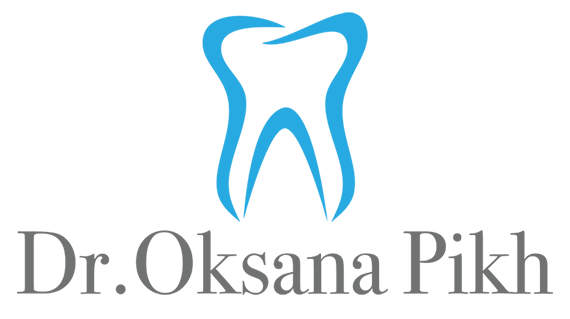
Some common symptoms of TMJ disorder include pain in or around the ear, tenderness of the jaw, clicking or popping noises when opening the mouth, or even headaches and neck aches.
The TM joint is one of the most complex joints in the body. These joints are located on each side of the head and are responsible for chewing, speaking and swallowing.
Diagnosis & Treatment
If you are having pain in your jaw or TM joint discuss it with your dentist. The source of pain may be diagnosed through an exam and x-rays. Inform your dentist of the type of pain you’re having and when it occurs for example if it is only in the morning or evening. Often, it’s a sinus, toothache or an early stage of periodontal disease. But for some pain, the cause is not so easily diagnosed. The pain could be related to the facial muscles, the jaw or temporomandibular joint, located in the front of the ear. Treatments for this pain may include stress reducing exercises, muscle relaxants, or wearing a mouth protector to prevent teeth grinding. They’ve been successful for many and your dentist can recommend which is best for you.
Some TMJ problems result from arthritis, dislocation, and injury. Clenching or grinding you teeth may also cause pain in your TMJ. You may not even be aware that you are grinding or clenching your teeth, on some occasions a dentist can diagnose clenching and grinding by examining your teeth for wear marks. All of these conditions can cause pain and dysfunction. Muscles that move the joints are also subject to injury and disease. Injuries to the jaw, head or neck, and diseases such as arthritis, might result in some TMJ problems. Other factors that relate to the way the teeth fit together-the bite-may cause some types of TMJ disorders. Stress is thought to be a factor.
There are several ways the TMJ disorders may be treated. Your dentist will recommend what type of treatment is needed for your particular problem or recommend that you be referred to a specialist. Treatment may involve a series of steps. The step-by-step plan is in your best interest because only minor, relatively non-invasive treatment may be needed.
Diagnosis is an important step before treatment. Part of your clinical examination includes checking the joints and muscles for tenderness, clicking, popping or difficulty moving. Your complete medical history may be reviewed, so it is important to keep your dental office record up-to-date. Your dentist may take x-rays and may make a “cast” of your teeth to see how your bite fits together. Your dentist may also request specialized x-rays for the TM joints.
